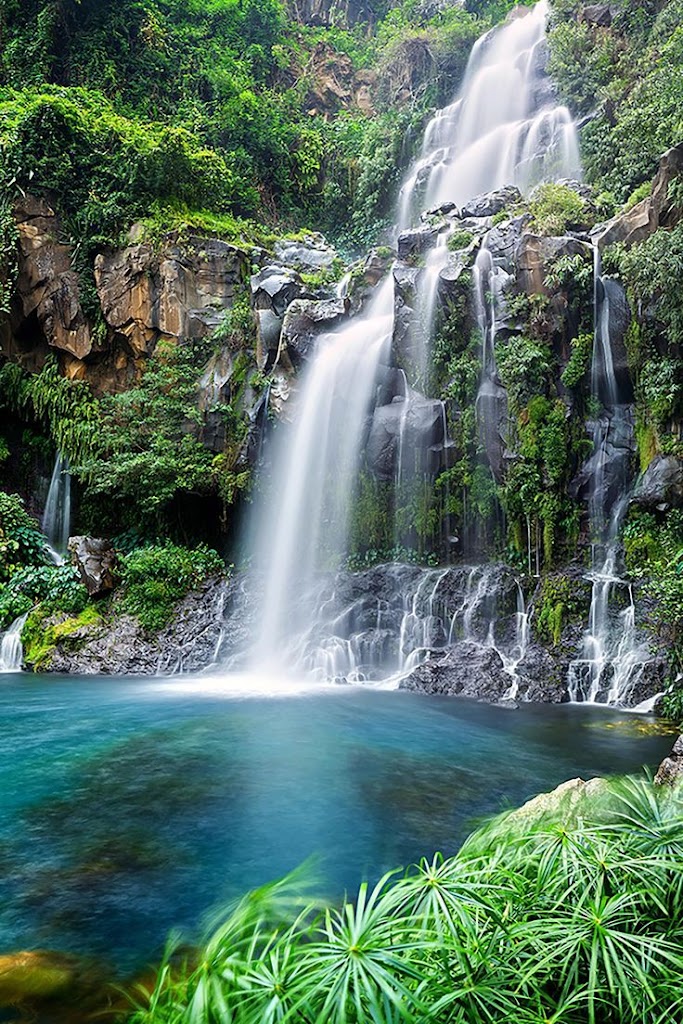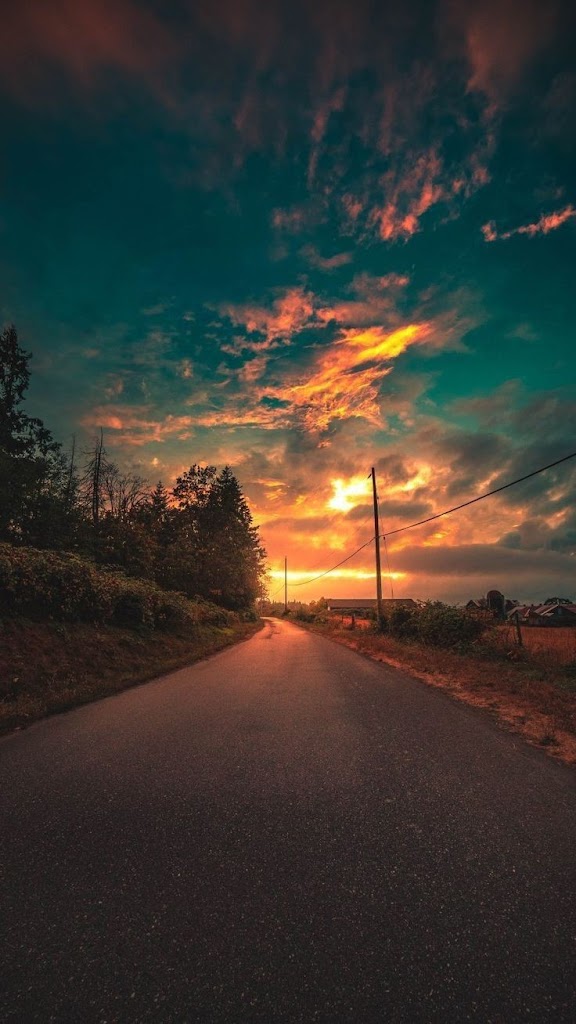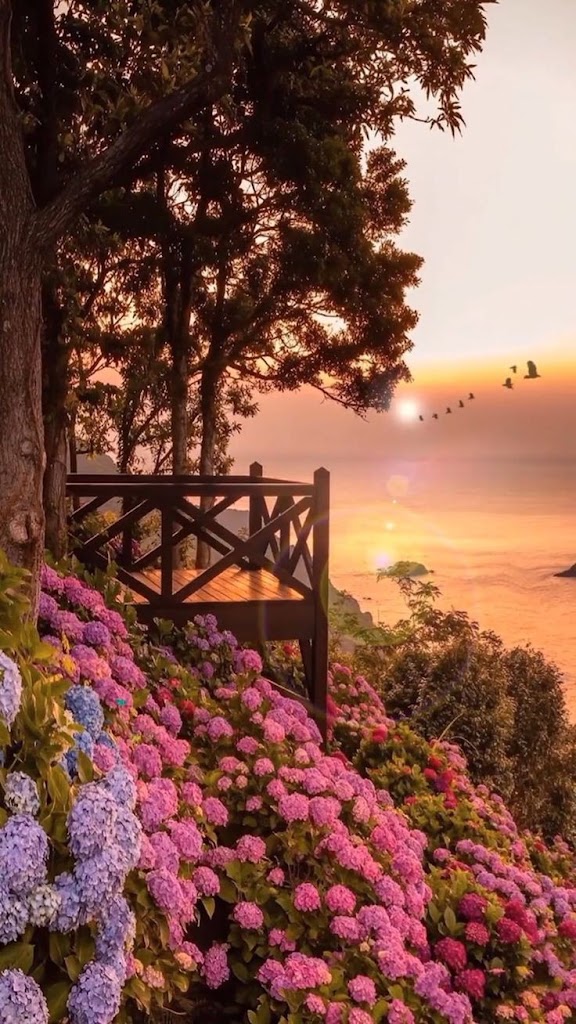Ephemeral ecologies are a delicate phenomenon found in the vast tapestry of the natural world that frequently eludes our harried gazes and short attention spans. These are the ephemeral moments, the ephemeral beauties that arise in nature; they frequently exist for only a few hours, days, or weeks before disappearing into the passage of time. However, there is a profound lesson in appreciating and comprehending the complex dance of life contained in these fleeting glimpses
Ephemeral Ecologies: Appreciating the Transient Beauty of Nature”

Categories:
The beauty of transience is embodied by ephemeral ecologies. They remind us that the most beautiful times in life are frequently transitory, inspiring us to live in the moment and appreciate the transient beauties of the world. The delicate butterfly emerging from its chrysalis, the mesmerizing dance of autumn leaves caught in a gentle breeze, or a field of vibrantly colored lupines in the springtime all inspire awe and serve as a reminder of the brittleness and resiliency of nature.
The seasons of nature are the clearest example of ephemeral ecologies. As flowers bloom in riotous displays, carpeting fields and forests alike, spring arrives with a burst of color. But this show is fleeting; the petals drop, the blooms fade, and the scenery changes again. A poignant reminder of nature’s transient gifts are the spectacular blooms of wildflowers in deserts or the fleeting beauty of cherry blossoms in Japan.
Summertime brings vibrant greenery and a flurry of activity, but even in this abundance, some moments go by quickly. The transient flight of fireflies on a midsummer night, or the shimmering dew on spiderwebs at dawn, serve as a reminder that even in the midst of plenty, there is fragility and impermanence.
As the leaves turn from green to gold and crimson before gracefully falling to the earth, autumn paints the world in a blaze of fiery hues. The colorful fall foliage tapestry fades quickly, only a few weeks before the chilly grip of winter descends and changes the scenery once more.
Even the winter season can have fleeting beauty. The delicate details of frost patterns on windows and the glimmer of sunlight on just-fallen snow are fleeting beauties that disappear as spring thaws.
Every season offers a unique tapestry of fleeting beauty. Cherry blossoms decorating branches and ephemeral ponds brimming with tadpoles before drying under the summer sun herald the return of life in the spring. The summer thunderstorms come and go with a dramatic flourish, leaving behind the earthy scent of petrichor and glistening raindrops on leaves. Landscapes are painted in shades of gold, amber, and scarlet by autumn’s fleeting brilliance, providing a last look at the beauty of nature before winter’s gentle embrace.
In nature, there are countless other fleeting marvels that exist outside of seasonal cycles. The transient beauty of a rainbow following a storm, the delicate dew-glistening arch of a spider’s web, and the ethereal glow of bioluminescent algae in the ocean are all examples of the natural world’s impermanence that captivates us.
Artists and photographers observe ephemeral ecologies with great attention to detail, capturing these brief moments. They allow us to revisit and enjoy the fleeting beauty of nature long after the moment has passed by freezing moments that would otherwise fade from memory through their lenses and canvases. From time-lapse videos of blooming flowers to long-exposure photographs of starlit skies, these artistic interpretations serve as timeless reminders of the ephemeral wonders that surround us.
We can learn priceless lessons about appreciation and mindfulness from ephemeral ecologies. They exhort us to slow down, pay close attention, and treasure the ephemeral moments that give life its color and significance. Taking the time to appreciate a sunset, marvel at a flower in bloom, or listen to birdsong becomes an act of profound connection with the natural world in a world where efficiency and speed are often the norm.
Comprehending and valuing transient ecologies also emphasizes the significance of preservation and ecological responsibility. A large number of these transient phenomena are susceptible to both climate change and human influence. The vanishing of species, melting glaciers, and changed migratory patterns serve as vivid reminders of the precarious equilibrium within our environments. We can contribute to the preservation of these fleeting treasures for upcoming generations to enjoy and cherish by supporting conservation initiatives and raising environmental awareness.
Comprehending transient ecologies also emphasizes the significance of preservation and conservation. Many of these fleeting beauties are susceptible to alterations in the environment and human activity. The disappearance of these transient phenomena, such as coral reefs and bird migration patterns, points to a deeper ecological imbalance. We can make sure that future generations will be able to observe and appreciate nature’s fleeting wonders by protecting habitats and minimizing our ecological footprint
Embracing ephemeral ecologies encourages us to practice mindfulness and develop a closer relationship with nature in our fast-paced, constantly-noisy, and distracted world. Whether it’s pausing to watch the sky turn orange and pink at sunset or spending time in a temporary marsh listening to the frogs’ symphony, these experiences enhance our lives and foster awe and thankfulness.
Ephemeral ecologies are profound representations of the resilience and interconnectedness of life on Earth, not merely ephemeral moments in time. They serve as a reminder of the beauty found in transience and the necessity of developing a more profound respect for the natural world. Let us take a moment to appreciate the fleeting beauty that surrounds us as we navigate our lives in an increasingly fast-paced world. These beauties are a testament to the enduring inspiration and allure of nature.



